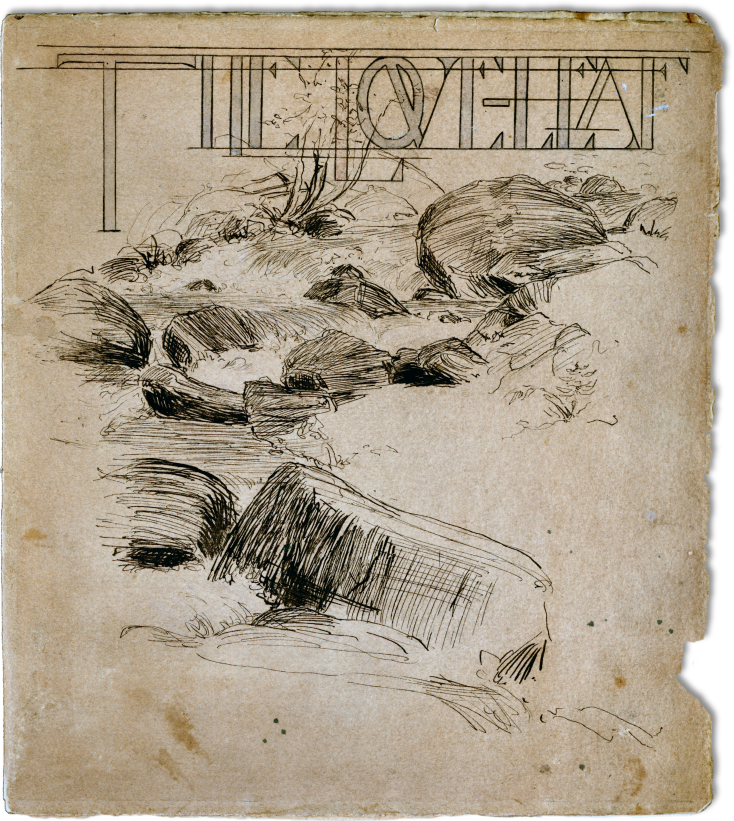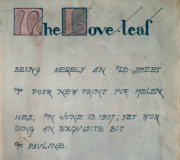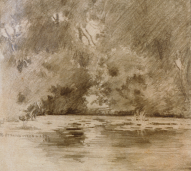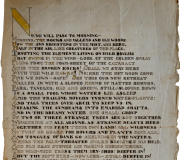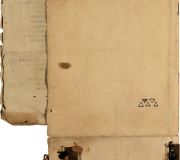Quick Reference
June 1907
N/A
Ink
Sketch
Illumination
Unknown
No
No
NA
Related Links
- To view this book ...
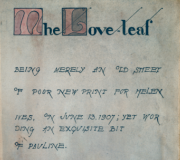 The Love Leaf in its complete size and layout.
The Love Leaf in its complete size and layout.
- See also the...
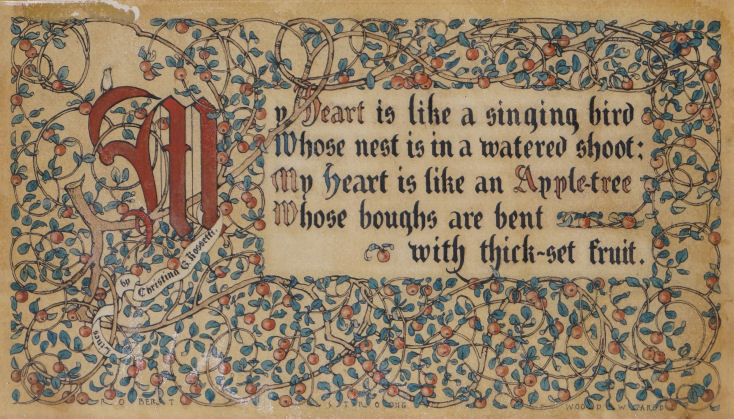 Illuminations Gallery to view related pieces.
Illuminations Gallery to view related pieces.
- See also the Smithsonian Collection of Woodwad's papers.
- See also the...
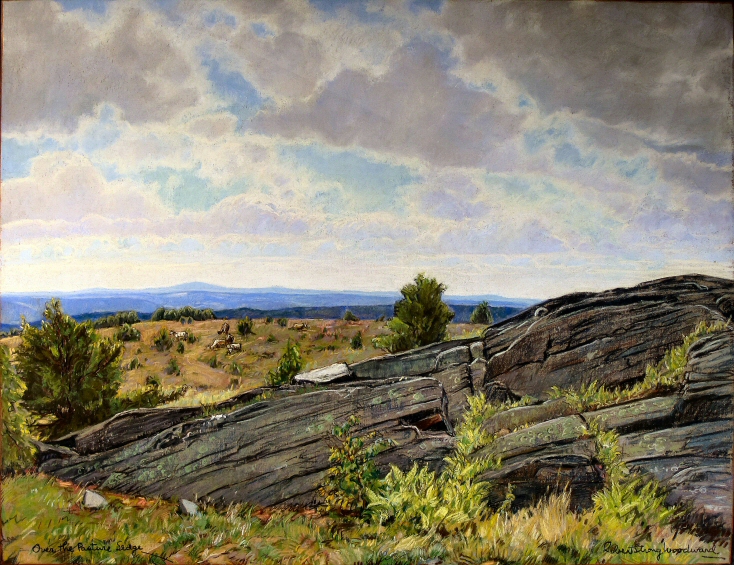 Rocks & Stone Walls Gallery to view related pieces.
Rocks & Stone Walls Gallery to view related pieces.
- See also theTo Tell Mother I love Her, card by Woodward.
- See also the...
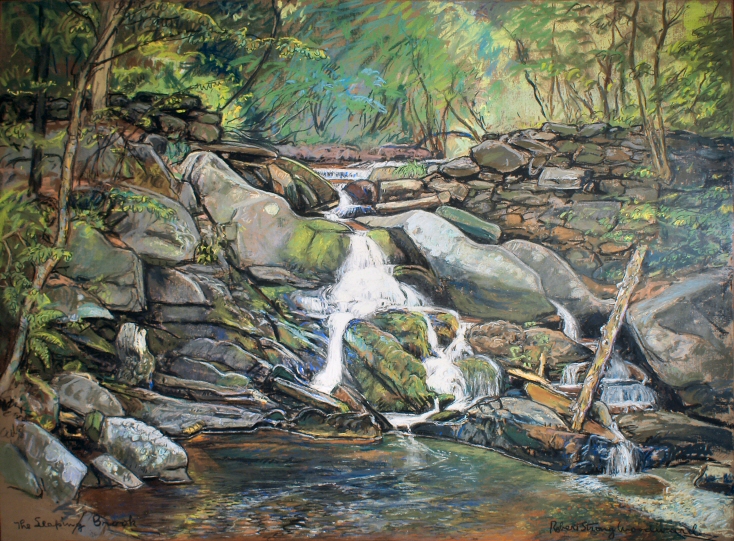 Brooks, Ponds, Rivers Gallery for related pieces.
Brooks, Ponds, Rivers Gallery for related pieces.
- See also our Scrapbook page devoted to poetry written by RSW.
- See also the...
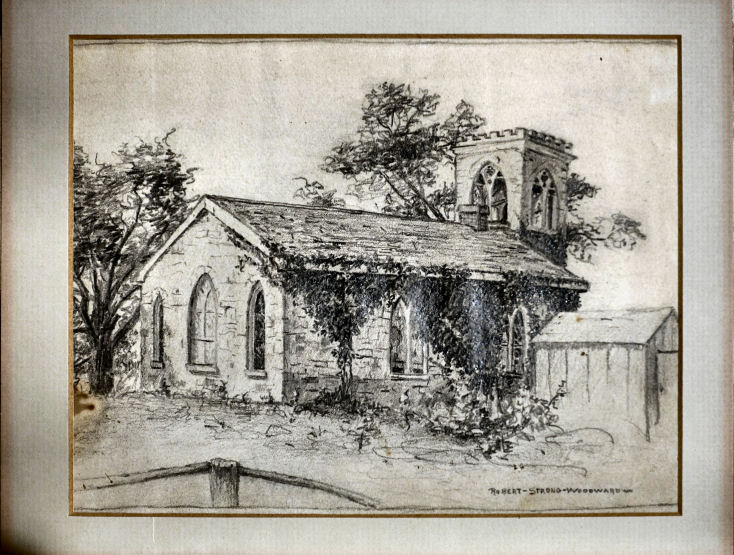 Sketch Book Gallery to view related pieces.
Sketch Book Gallery to view related pieces.
- See our page devoted to ...
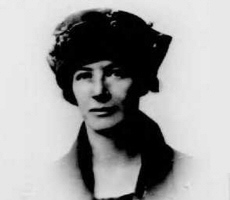 RSW friend and pen pal Helen Ives Schermerhorn
RSW friend and pen pal Helen Ives Schermerhorn
- See also our list of Woodward's owned by
 Public Institutions
Public Institutions
- View the Scrapbook gallery of RSW Friends for more
- See our page devoted to ...
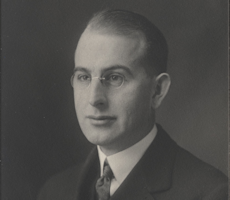 RSW childhood friend Victor West
RSW childhood friend Victor West
Featured Artwork: The Love Leaf
![]() You can click on any of the thumbnails to view a larger image of the picture or click on the link below it to view a full page version.
You can click on any of the thumbnails to view a larger image of the picture or click on the link below it to view a full page version.
Additional Notes
 This homemade "booklet" Woodward made for friend Helen Ives was part of a collection of papers, photographs and other items
given to the Smithsonian Museum, and is
found in their collection. It is dated June 13, 1907, just 9 months after his tragic accident that left him paralysed from the chest down and just 7 months after leaving
the hospital. In it, he included a sketch he had drawn dated 1903, and self-styled calligraphy in his own hand and select verses from Robert Browning's poem Pauline.
To the staff of the website, it appears unfinished given not all the work is colored in, unless that was a stylistic choice made by Woodward.
This homemade "booklet" Woodward made for friend Helen Ives was part of a collection of papers, photographs and other items
given to the Smithsonian Museum, and is
found in their collection. It is dated June 13, 1907, just 9 months after his tragic accident that left him paralysed from the chest down and just 7 months after leaving
the hospital. In it, he included a sketch he had drawn dated 1903, and self-styled calligraphy in his own hand and select verses from Robert Browning's poem Pauline.
To the staff of the website, it appears unfinished given not all the work is colored in, unless that was a stylistic choice made by Woodward.
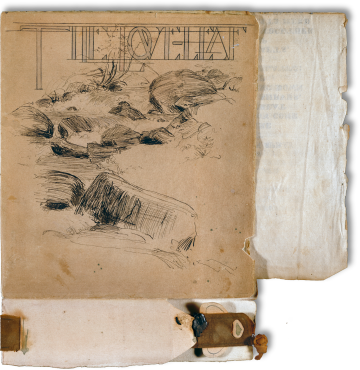
 Full image of front cover ink sketch
Full image of front cover ink sketch
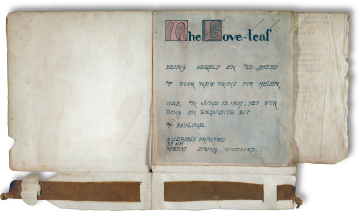
 Full image of inside jacket with
Full image of inside jacket with
self-styled calligraphy
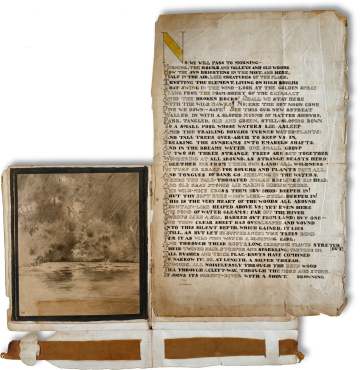
 Full image of stetch drawing and poem
Full image of stetch drawing and poem
 Also, since it was found still in his personal papers suggest it was never sent to Helen. We do not know who Helen was to Woodward.
At the very least she was a friend, it could be she was more to him than that. However, this booklet, bound by a leather strap (seen in these images) is a significant insight to
Woodward's life just after it changed so dramatically. He did what he could through his creative nature as a means of coping emotionally with his new circumstances. He would
spend another 3 years recovering and finding his strength before he would head east to attend the Boston School of Fine Arts for a short time and then land in Shelburne Falls
at the home of his Uncle Burt and Aunt Tella.
Also, since it was found still in his personal papers suggest it was never sent to Helen. We do not know who Helen was to Woodward.
At the very least she was a friend, it could be she was more to him than that. However, this booklet, bound by a leather strap (seen in these images) is a significant insight to
Woodward's life just after it changed so dramatically. He did what he could through his creative nature as a means of coping emotionally with his new circumstances. He would
spend another 3 years recovering and finding his strength before he would head east to attend the Boston School of Fine Arts for a short time and then land in Shelburne Falls
at the home of his Uncle Burt and Aunt Tella.
The poem itself draws a vivid image of Woodward's love of nature - its woods... mountains...ponds. He writes of "new retreat"
and describes what sounds like a santuary of safety and comfort. His description of the woods and still waters is reminiscent of his earliest oil paintings of his professional career.
The following is a full transcription of the poem:
|
PAULINE |
In a brief look into Browning's poem we came across this analysis from Michael Peverett of the blogspot site intercapillaryspace Peverett says the following about Pauline: [emphasis by us] "Pauline is a fragmentary poem about the unnamed narrator's inability to commit himself to poetry. His conception of poetry is vastly ambitious, its blueprint an apotheosized Shelley. Perhaps the very ambition makes failure inevitable, or perhaps he is right to analyze traits of vacillating weakness, vanity, over-egocentrism, over-self-analysis, insincere religiosity, insufficient love for others, and the rest. But Browning at 21 [same age at this time as Woodward] wasn't yet interested in the miniature detail of character portraits; there is no concreteness of situation, hardly any human association, and a turmoil of inner development that looks like it could cycle round and round for ever. Pauline is best when the narrator's imagination is given free rein, fragmentarily and confusedly, but boiling with |
pent-up energy... The narrator's poetic is in an unstable relationship with the poem that contains him: it tries intermittently to suggest the kind of poem he cannot manage, maybe (secretly) to even be it.That opens up an experimental space that later triumphs would exclude."
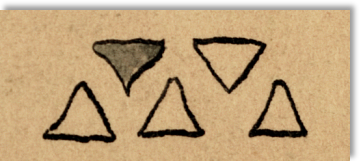
 5 Triangle Trapeziod Symbol from back cover
5 Triangle Trapeziod Symbol from back cover
of The Love Leaf
 The analysis Michael Peverett makes leads us to consider the similar emotional state of Woodward at this time. We are not qualified
to make such inferences, however, Woodward DID choose the verses from Pauline that were relevant to him. We find it quite auspicious that the verses he
chose figuratively describe what would become a prominent theme in his earliest professional work. Peverett's remark, "there is no concreteness of situation, hardly
any human association, and a turmoil of inner development that looks like it could cycle round and round for ever," could be said of Woodward as well.
The analysis Michael Peverett makes leads us to consider the similar emotional state of Woodward at this time. We are not qualified
to make such inferences, however, Woodward DID choose the verses from Pauline that were relevant to him. We find it quite auspicious that the verses he
chose figuratively describe what would become a prominent theme in his earliest professional work. Peverett's remark, "there is no concreteness of situation, hardly
any human association, and a turmoil of inner development that looks like it could cycle round and round for ever," could be said of Woodward as well.
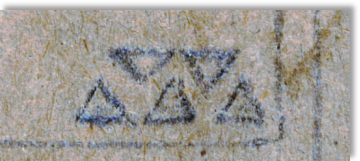
 This symbol of five triangles, 2 pointing down
This symbol of five triangles, 2 pointing down
and 3 up, was also found in a small
book of poetry
RSW wrote 9 months after his tragic accident.
 Another interesting item from this booklet is a symbol of 5 triangles in the shape of a trapezoid found on the back cover.
We do not know the significance of the symbol used by Woodward but it was also used in To Tell Mother I love Her,
another item found in the Smithsonian Museum,
collection. Triangles often represent a "profusion" of thoughts and emotions because depending on the frame of reference, they could be pointing in any of three directions.
However, in the context to which Woodward arranged the triangles suggest an exchange of conscious energy with a subconscious energy rising from his depths.
Another interesting item from this booklet is a symbol of 5 triangles in the shape of a trapezoid found on the back cover.
We do not know the significance of the symbol used by Woodward but it was also used in To Tell Mother I love Her,
another item found in the Smithsonian Museum,
collection. Triangles often represent a "profusion" of thoughts and emotions because depending on the frame of reference, they could be pointing in any of three directions.
However, in the context to which Woodward arranged the triangles suggest an exchange of conscious energy with a subconscious energy rising from his depths.

.png)

